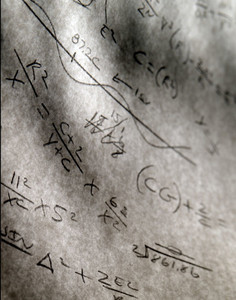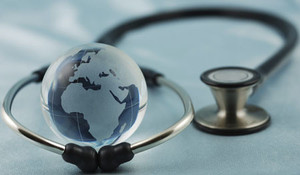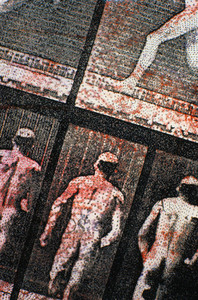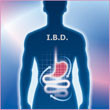Period: January to August 2012
Biologicals are large, complex and heterogeneous proteins with variable molecular weights, typically ranging from 18,000 to 45,000 Da. The active substance of a biological is a collection of large protein isoforms and not a single molecular entity. This fact makes manufacturing of biosimilars much more of a challenge than when producing traditional small molecule generics. It also makes it highly unlikely that the active substances between two products are identical and makes it extremely difficult to establish biopharmaceutical equivalence using analytical techniques.
Despite the difficulties many companies are going down the biosimilar route. But with this decision comes the challenge of developing more and more sophisticated analytical techniques in the manufacture and testing of biosimilars, especially when considering regulatory standards for evaluation.
This article discusses some of the research papers on analytical techniques in the manufacturing of biosimilars that have been published during the period of January to August 2012, highlighting what the important subjects are in the field. Topics investigated by researchers included high resolution separation methods for the determination of intact human erythropoiesis stimulating agents and state of the art in analytical technologies comparing biosimilars with their reference products.
Analytical techniques
Authors Girard et al. carried out a review of high resolution separation methods for the determination of intact human erythropoiesis stimulating agents. Methods to analyse erythropoietin and other erythropoiesis stimulating agents are necessary for the characterization and quality control of these biologicals. In this study, high resolution separation methods, namely high performance liquid chromatography (HPLC) and capillary electrophoresis (CE), with special attention on CE-coupled mass spectrometry, were reviewed [1].
The usefulness of the methods for separating glycoprotein isoforms, aggregates and excipients, as well as use of the HPLC and CE methods for regulatory approval of biosimilars was studied. Finally, limitations of the present methods and possible solutions were also considered by the authors.
The role of analytical technologies in comparing biosimilars with the corresponding reference product is attracting substantial interest in establishing the development requirements for biosimilars. In a paper by Berkowitz et al. the current state of the art in analytical technologies to assess three characteristics of protein biologicals that regulatory authorities have identified as being important in development strategies for biosimilars are discussed. The characteristics identified include post-translational modifications, three-dimensional structures and protein aggregation [2].
The research highlights the importance of developing sophisticated techniques for the analysis and comparison of biosimilars and their reference products. Complying with ever more stringent regulatory requirements for biosimilars is also clearly driving research in this area.
Related articles
Overview of research on manufacturing statistics and innovations of biosimilars in 2012
Overview of research on US regulatory issues surrounding biosimilars in 2012
Overview of research on biosimilarity/comparability and interchangeability of biosimilars 2012
Overview of research on safety and immunogenicity of biosimilars in 2012
References
1. Girard M, Puerta A, Diez-Masa JC, de Frutos M. High resolution separation methods for the determination of intact human erythropoiesis stimulating agents. A review. Anal Chim Acta. 2012;713:7-22.
2. Berkowitz SA, Engen JR, Mazzeo JR, Jones GB. Analytical tools for characterizing biopharmaceuticals and the implications for biosimilars. Nat Rev Drug Discov. 2012;11(7):527-40.
Permission granted to reproduce for personal and educational use only. All other reproduction, copy or reprinting of all or part of any ‘Content’ found on this website is strictly prohibited without the prior consent of the publisher. Contact the publisher to obtain permission before redistributing.








 0
0











Post your comment